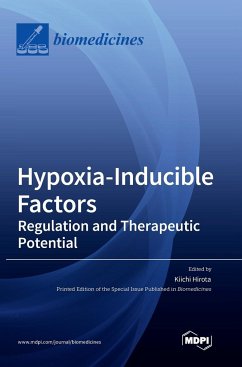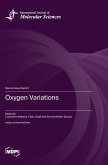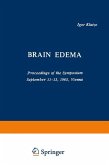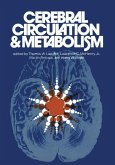Oxygen is an essential molecule in the production of adenosine triphosphate (ATP) in cells, and a lack of energy due to O2 deficiency makes the maintenance of biological functions and human life improbable. Since oxygen functions as the final electron acceptor in the series of ATP synthesis reactions in conjunction with oxidative phosphorylation in mitochondria, its deficiency causes the oxidation of a series of coenzymes, such as nicotinamide and flavin adenine dinucleotide, and the reduction in oxygen molecules to water molecules (H2O). Persistent deficiency has been believed to cause a loss of biological functions, even resulting in death. This classical view of oxygen has been completely revised over the last 20 years. Mammals do not have a mechanism for biosynthesizing oxygen in their bodies. In higher organisms such as vertebrates, which possess many organs, oxygen in the body is always "scarce,"; therefore, the dominant view is that organisms have evolved mechanisms to respond to the lack of this essential molecule (hypoxia), and actively use it to maintain bodily integrity. Anatomically complex, higher multicellular organisms are equipped with specialized mechanisms to enable all cells to obtain sufficient oxygen. The respiratory system consists of lungs, which provide oxygen to be transferred to hemoglobin in red blood cells, the diaphragm, other respiratory support muscles, and neuroepithelial cells that sense the partial pressure of oxygen. The cardiovascular system consists of red blood cells, an oxygen-carrying medium, the heart, the transport engine, blood vessels, and transport channels. The proper development and preservation of these systems requires the harmonious expression of thousands of genes. The transcription factor responsible for this gene expression is hypoxia-inducible factor 1 (HIF-1). In this Special Issue, we invited research and review papers on various areas of oxygen biology research that focused on the fundamental understanding of HIF signaling pathways and related gene expression profiling, as well as pharmacogenomic biomarkers, molecular targets driving the regulation of human physiology and pathophysiology, and validation in animal models. We have published six original papers and three review articles in this Special Issue. We hope that this Special Issue will reflect the current exciting research concerning HIFs and their applications in medicine and health science.
Hinweis: Dieser Artikel kann nur an eine deutsche Lieferadresse ausgeliefert werden.
Hinweis: Dieser Artikel kann nur an eine deutsche Lieferadresse ausgeliefert werden.








